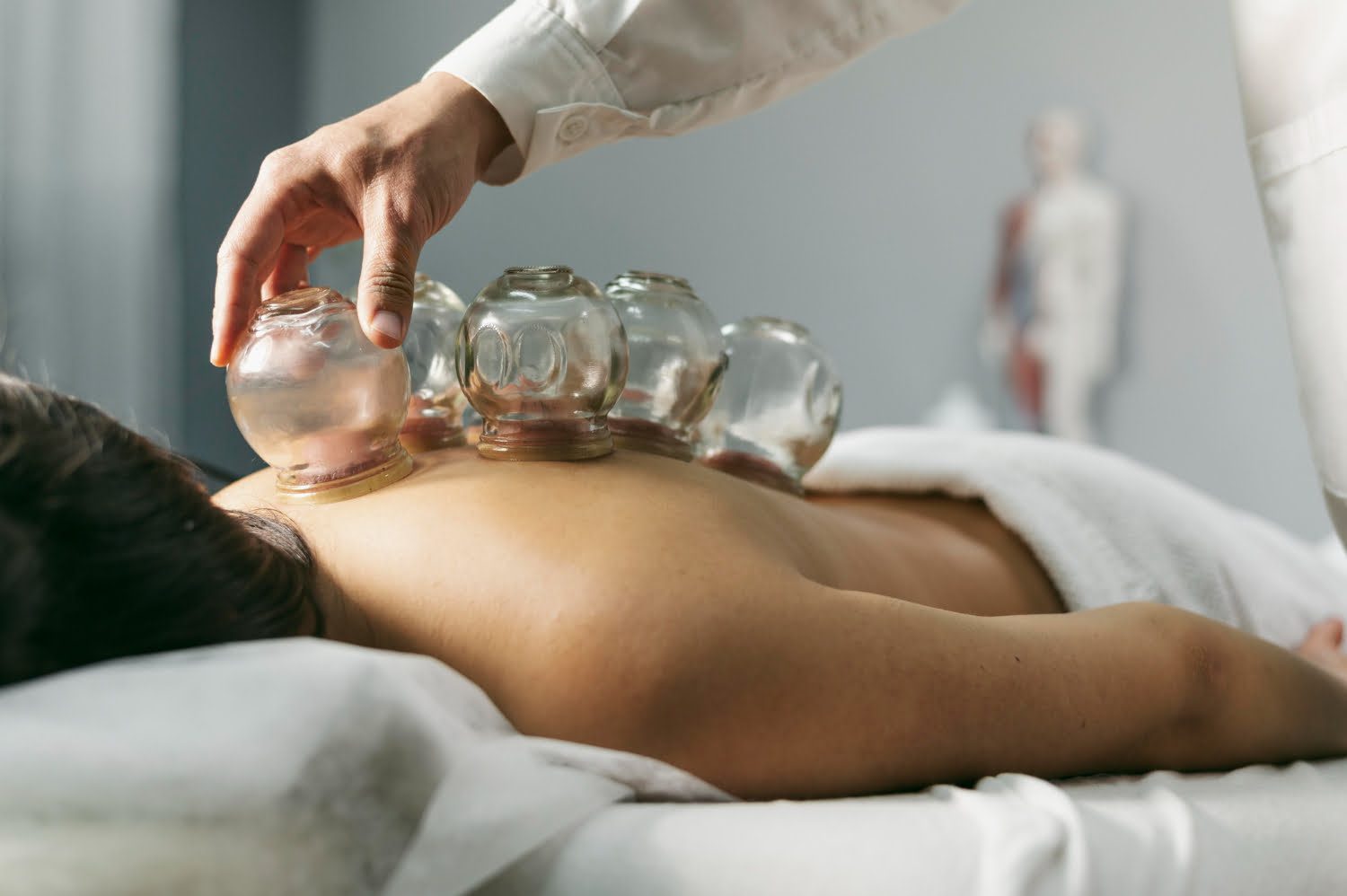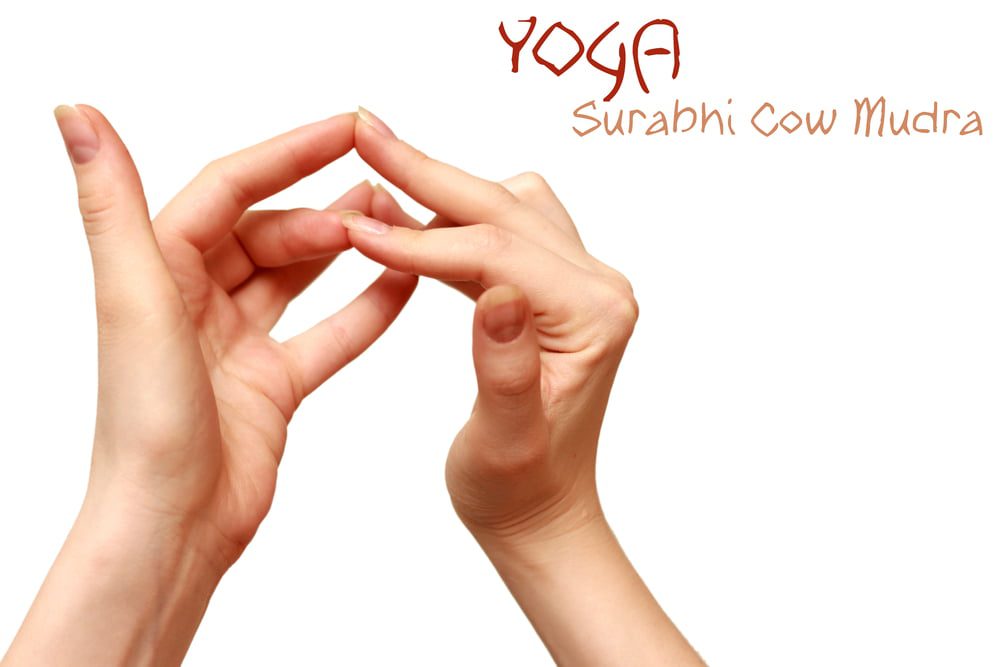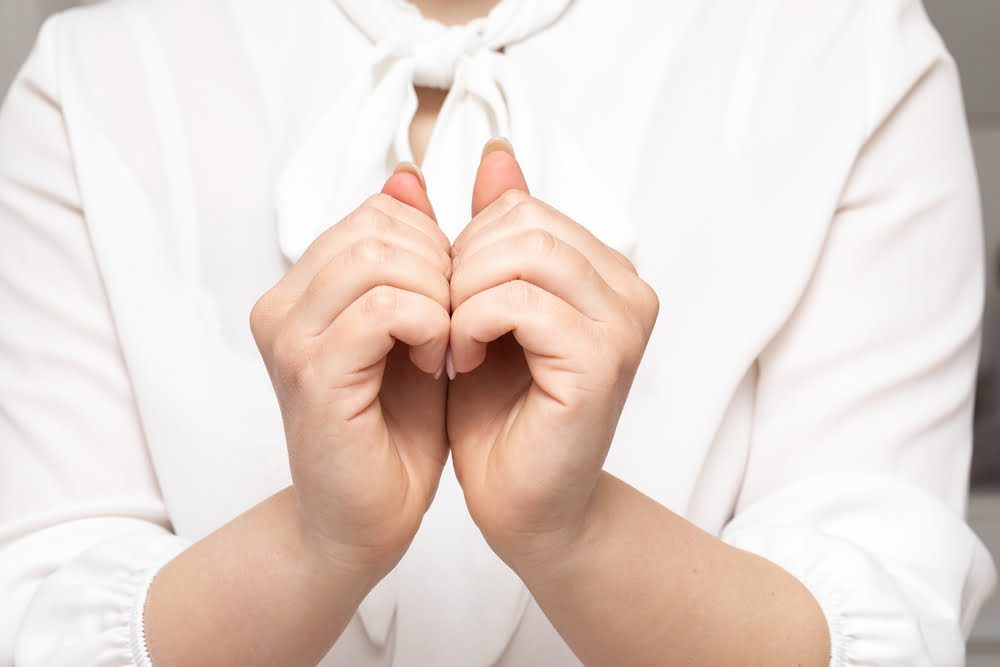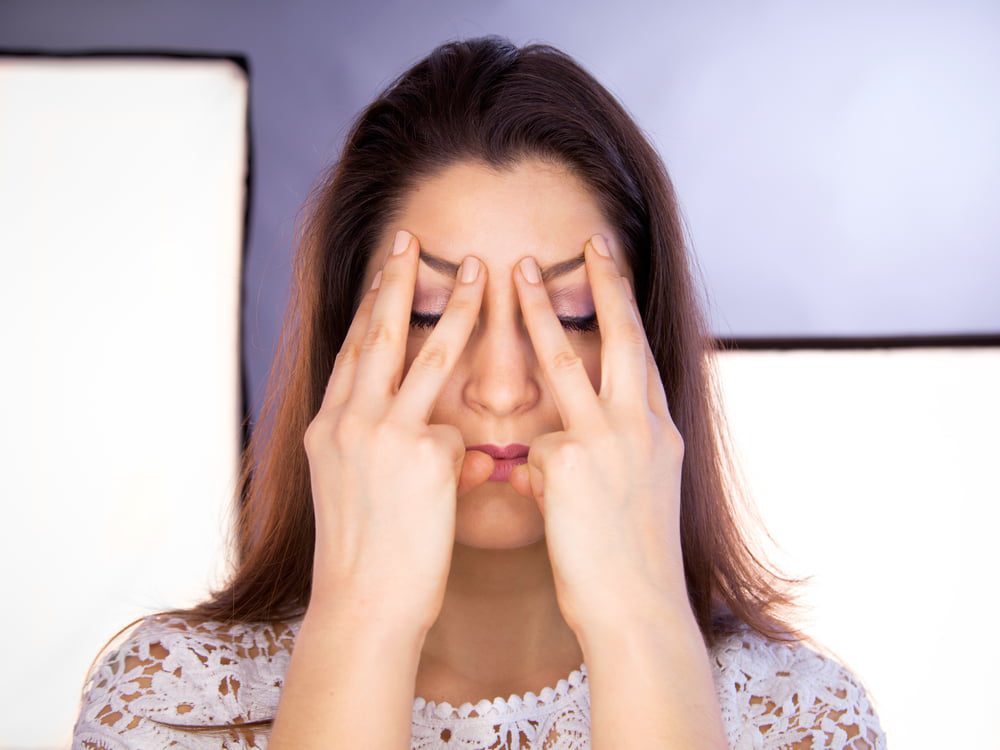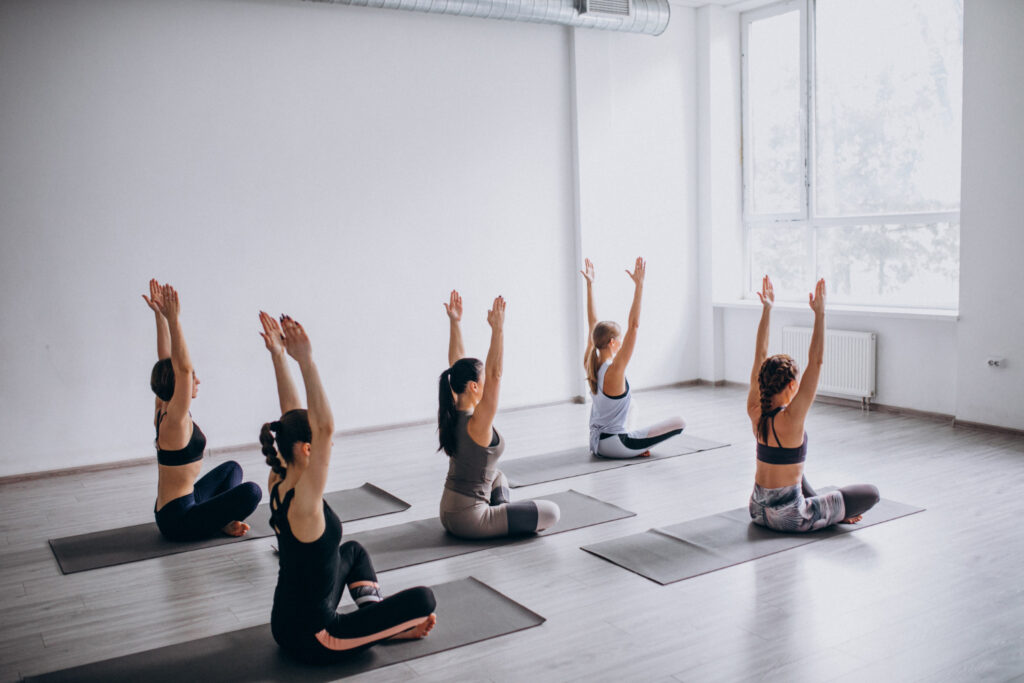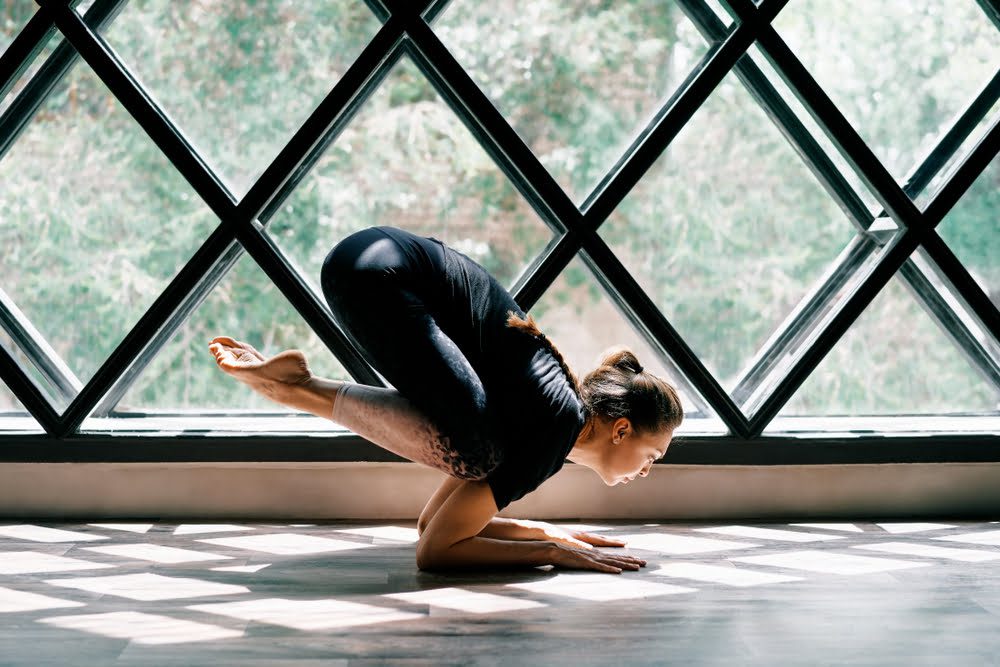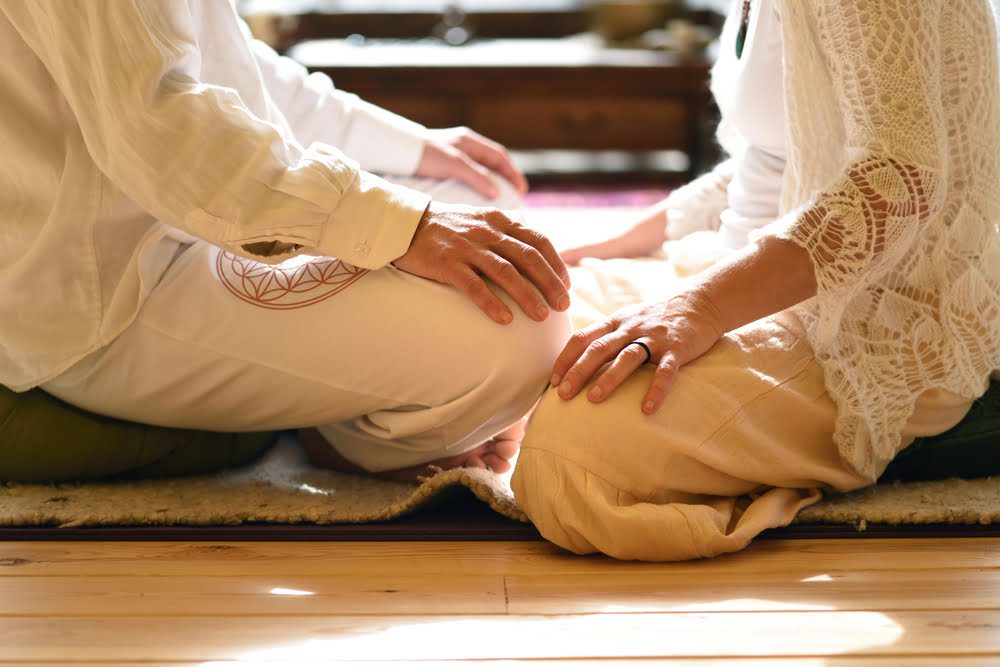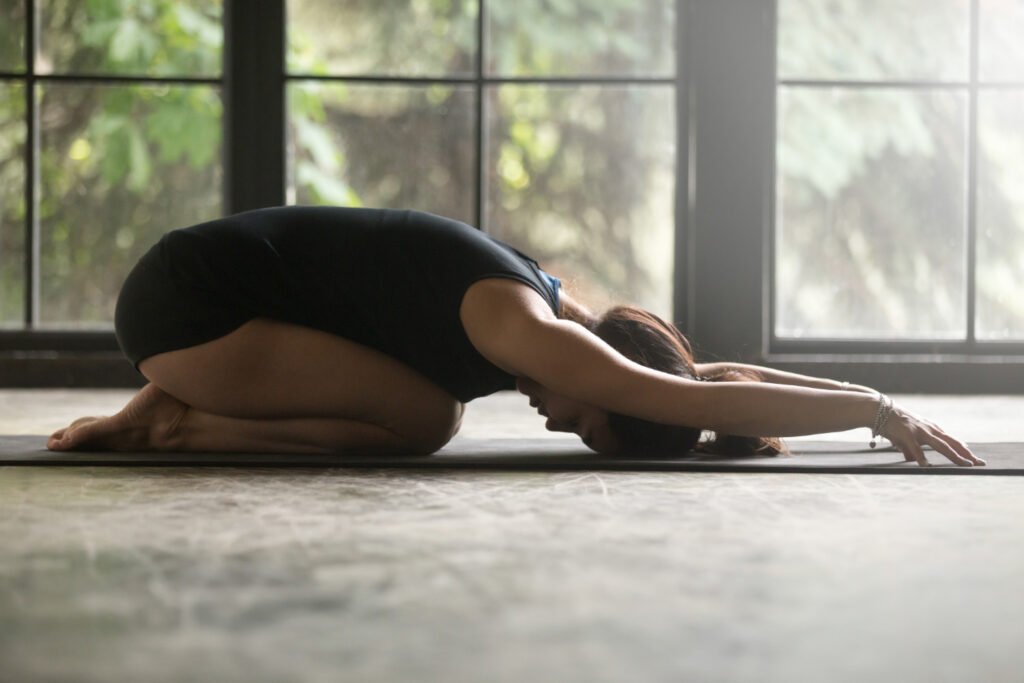Cupping therapy, a well-known healing practice from a long time ago, has now gained a lot of popularity because its health benefits are countless. This naturally non-invasive method involves the cups’ suction on the skin to pull on the blood vessels, thus a higher flow of blood and relief in muscle tension. It was traditional that this treatment was performed by experts only, but now you can do it in the comfort of your home. This article will take you through the necessary steps and tools used in performing the therapy effectively and safely and, therefore, you will be able to get the positive influence of this therapy from home. Whether the aim of your therapy is to get rid of muscle pain, achieve a better blood circulation, or simply to reach the feeling of complete wellness, the knowledge of doing cupping therapy by your own might be the best choice to add to your self-care routine.
Benefits of Cupping Therapy at Home.
1. Convenience.
One of the most important benefits of doing cupping therapy at home is the enormous convenience it provides. Individuals can be in charge of their therapy and can do it at any time of the day which they feel is best for them without the necessity to go and see a professional therapist. Thus, this can serve the needs of those with busy work schedules as they are no longer required to book appointments and travel to clinics.
2. Cost-effective.
The other advantage of self-administering the cupping therapy at home is affordability. People can be economical with time when they invest in a cupping set because a person does not have to bother about paying professional therapies. This means that it will be cheaper to those people inclined to include cupping as part of their everyday wellness protocol.
3. Personalization.
Home cupping therapy makes it possible for people to personalize their own treatment depending on their particular health conditions. They can select the type of cups, the suction level, and the duration of the therapy. This flexibility not only allows the individuals to focus on a certain part of their body, cure a particular ailment but also to be in the comfort zone by adjusting the therapy themselves.
4. Privacy.
Home practice of cupping therapy gives a person who feels awkward in a public environment the feeling of privacy. Due to this, the person can then be able to relax and enjoy the therapy without being concerned about the opinion of others around them that might lead to being judged or scrutinized.
5. Continuity.
Consistency in performing the treatment is the most important factor achieving the desired outcome of cupping therapy. An individual that undertakes cupping at home can ensure a continuous ongoing treatment. They are at liberty to include cupping therapy in their everyday or at least weekly schedule, thereby leading to an overall better outcome and a steady healing process that is free of interruption.
6. Bonding.
Home preparation of this therapy can also give rise to a bond between families or friends. For example, couples can decide to do cupping the therapeutic way and that becomes a new way that they can bond and at the same time or even alone, it becomes something that can promote relaxation, well-being, and improved relationships.
7. Empowerment.
Performing cupping therapy at home is what makes an individual have the power and control over their wellness and health. Also, it’s possible to reduce the reliance on the health mentor by mastering the skills and identifying the body response you need accordingly should the need arises. Yes, the patients’ active participation through knowing about themselves and involving themselves in the healing journey will not only result in an enhancement of self-awareness but also an improvement of wellness due to a positive strategy towards wellness.
| 💡 Tips FitMeMore.com Doing cupping therapy at home is beneficial in many ways – it saves time, money, allows user’s individualization, makes one feel unconstrained, provides continuity, brings people together, creates/reinforces the capability one always had. Yet one must take into account that while the cupping therapy can be advantageous in yang ways, the appointed should remind an individual that it is the best practice to consult the trained professional in every situation even for safety and best results, etc. |
Side Effects of Cupping Therapy at Home.
The practice of cupping therapy has, in the past, been restricted to professional therapists in renowned clinics or the likes of it but over time, the number of individuals who have gone the DIY route for this alternative treatment has risen dramatically. We must, however, remain alert to possible side effects that may be the result of such self-administrative procedures.
1. Skin Discoloration and Bruising.
One of the most prominent and declarative side effects of cupping therapy is the development of discoloration and bruising of the skin. The main reason for this to happen is that the suction by the cups can cause the blood vessels to break which then leads to the characteristic small, circular shapes of reddish-bluish-greenish that appear on the skin. These sorts of marks can be gone and almost always go away by themselves within the length of either a few days or one or two weeks’ time; nonetheless, they should be considered as a temporary beauty flaw in humans.
2. Pain and Sensitivity.
When a person is getting cupping therapy, it can be from the fact that the skin undergoes the process of negative pressure that it starts feeling uncomfortable and may even reach the level of painful. Sometimes it’s the powerful suction or the long duration of cups on the skin’s surface that might result in the sensitivity of the skin or else its mild pain. Before removing the discomfort fully, it might take from one minute to the next but the good news is that there would be no health backfire from that moment on.
3. Burns and Skin Irritation.
Cupping therapy normally applies heat or fire to generate the required vacuum for cups. Although this method can be beneficial when used by expert practitioners, doing it yourself at home without correct skills and precautions might lead to unintentional burns or skin irritation. The inexperienced may mean to the skin the high temperatures that can result in the blistering of such skin, redness, or even burns of a second degree.
4. Infections and Contamination.
One of the most important conditions, which any user should remember while using cupping therapy at home, is the need to be completely attentive to the purity of the tools and, of course, one’s skin. By not using reasonably clean cups or forgetting to disinfect the skin, the user may incur severe infections. This may be possible if the skin is not only damaged but the broken skin can also help the germ enter into the body and hence cause local infections like cellulitis or abscesses. Both the tools and the skin need to be well-cleaned and disinfected before and, also, after use in order to lessen the risk of the infection spreading.
5. Allergic Reactions.
Most often than not, another measure in cupping treatment is the use of essential oils, creams, or herbal formulas to make the treatment successful. Nevertheless, an allergic person can experience various allergenicities due to the allergens in the product of choice. These symptoms could be itching, skin rash, and hives. It is, therefore, necessary before usage to be acutely aware of the constituents of the products used in cupping therapy, consider testing them in a small skin area, and then apply them generally on the body.
| 💡 Tips FitMeMore.com Though the utilization of cupping therapy can bring about several advantages, it is still very important to understand the possible side effects that could result in doing this therapy at home. Skin discoloration, bruising, pain, burns, infections, and allergic reactions are some of the hazards of self-administered cupping therapy. Taking advice from a qualified specialist or getting in touch with a healthcare provider before undertaking cupping therapy at home will help to reduce the risks and ensure a safe and effective experience. |
How to Do Cupping Therapy at Home?
Here’s a step-by-step guide on how to safely and effectively perform cupping therapy in the comfort of your own home:
1. Gather the necessary supplies: To perform cupping therapy at home, you will need a set of specialized cups. These cups are typically made of glass, silicone, or plastic. You can easily find them online or at your local health store. Additionally, you may want to have some massage oil or lotion on hand for easier cup placement and removal.
2. Prepare the area: Before you begin, make sure that the area you are going to cup is clean and dry. So that the cups can seal properly, choose the body part that has enough flesh. The popular areas to carry out this therapy are the back, shoulders, thighs, and calves. However, abstain from the bony parts or those that have open wounds, rashes, and sunburns.
3. Apply oil or lotion: You can put the cups smoothly over the skin by using oil or lotion, which is the purpose of this step. It is also crucial if you are using silicone or plastic cups as they are the ones that need the lubrication for the suction to happen.
4. Create suction: There are various means to produce suction which are dependent on the type of cups you possess. Heat is a method to create a vacuum effect for glass cups. A cotton ball soaked with alcohol should be taken along with a pair of tweezers and lighted with it, inserted then the cup turned over and the skin pressed immediately. The point is that you need to make the cotton be on fire and quickly put the glass upside down on your skin.
For silicone or plastic cups, you can either squeeze them and then place them on the skin or directly put them on the skin. Ensure that the cups fit tightly and do not shift.
5. Leave the cups in place: The duration of keeping the cups on the skin should be around 5 to 15 minutes. Especially for your first sessions, it is advisable to begin with a shorter period of time and then test your body’s response. From the cups cephalic vein the most common sensation felt is pulling or tight, still within normal range. When attracted pain or other discomforts, the cups should not be removed but released immediately.
6. Move the cups (optional): If you are more inclined to be with a massage-like feeling, then moving the cups on the skin is something that cannot be left out and you can do it quite softly by still securing the suction on the cups. The type of movement used is referred to as sliding cupping, and it works to relieve muscle tension, and there is an increase in blood circulation. It is essential that the cups will not be removed during the course of the manoeuvre.
7. Remove the cups: To take out the cups, you simply need to release the force by pushing near the edge of the cup. That will unseal the cups and it would be easy for you to take them off in a gentle way that would not harm the skin. In the event you tug or pull the cups, you could acquire skin inflammation or even bruising.
8. Post-treatment care: After cupping therapy, it is typical to experience a round mark or a bruise. The marks usually disappear within a few days but can be covered with clothes or makeup if someone wishes to do so. Use a soothing lotion or an oil to help moisturize the skin and bring some relief to any potential discomfort of the skin.
| 💡 Tips FitMeMore.com It is important that you are aware of whether you belong to the group of people for whom cupping therapy is not the best idea. Thus, it is imperative to consult with a healthcare professional before you decide to carry out the therapy on your own. Individuals with other health problems or those who are pregnant would be at a greater risk and thus, it is indispensable to discuss the matter with a medical expert. |
Frequently Asked Questions.
Most of the time, it is not recommended to do cupping at home unless you receive proper training and guidance from a professional.
Doing cupping therapy every day is not a good practice since it can irritate the skin or leave bruises. It will be better to have a talk with a professional and for you to follow his/her recommendations for the frequency and duration of the cupping sessions.
Bottom Line.
Cupping therapy is a much-favored substitute treatment that can be performed at one’s own home once they possess the right tools and follow the guidelines adequately. The person should be aware of the importance of talking with a healthcare professional before making any attempts at the therapy. The various healing effects of cupping are indicated in many of the ancient texts. The steps included in this guide can give people who suffer from pain, reduced circulation, and stress the chance to have a comfortable treatment at home. However, people should remember that cupping therapy is not suitable for everyone, and seeking professional advice is always the way forward when one wants to implement a new treatment. The key point is by using safety measures and paying attention to the knowledge obtained, cupping therapy can help one stay healthy and in harmony in life.
How we reviewed this article:
Our team of experts is always monitoring the health and wellness field, ensuring that our articles are updated promptly as new information emerges. See Our Editorial Process
Jul 6, 2025
Written By: Sharon LeBow
Reviewed By: Katy Insley
Written By: Sharon LeBow
Reviewed By: Katy Insley

 Workout
Workout
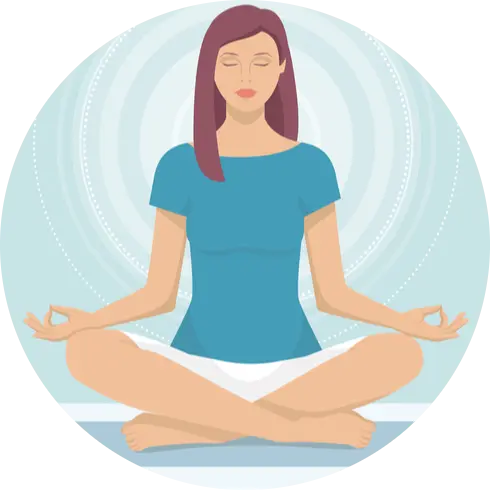 Meditation
Meditation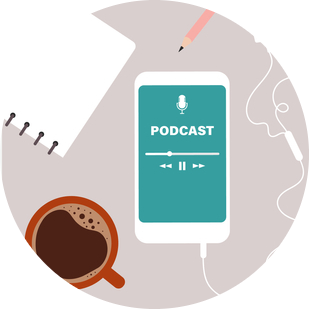





 Contact Us
Contact Us

